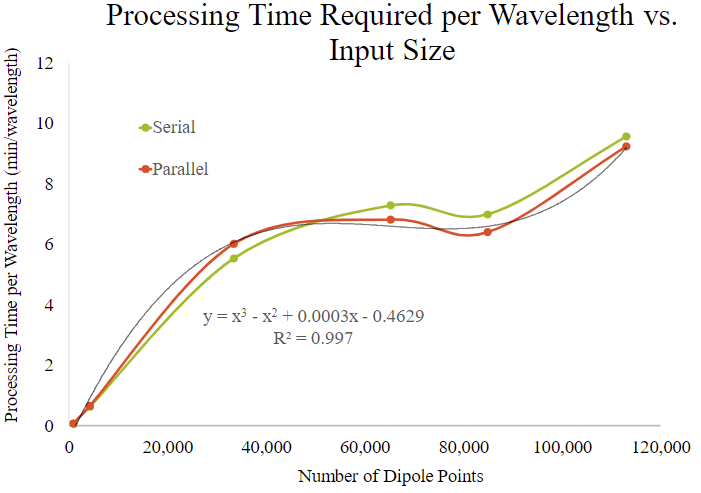CHPC - Research Computing and Data Support for the University
In addition to deploying and operating high performance computational resources and providing advanced user support and training, CHPC serves as an expert team to broadly support the increasingly diverse research computing and data needs on campus. These needs include support for big data, big data movement, data analytics, security, virtual machines, Windows science application servers, protected environments for data mining and analysis of protected health information, and advanced networking.
If you are new to CHPC, the best place to start to get more information on CHPC resources and policies is our Getting Started page.
Upcoming Events:
CHPC Downtime: Tuesday March 5 starting at 7:30am
Posted February 8th, 2024
Two upcoming security related changes
Posted February 6th, 2024
Allocation Requests for Spring 2024 are Due March 1st, 2024
Posted February 1st, 2024
CHPC ANNOUNCEMENT: Change in top level home directory permission settings
Posted December 14th, 2023
CHPC Spring 2024 Presentation Schedule Now Available
CHPC PE DOWNTIME: Partial Protected Environment Downtime -- Oct 24-25, 2023
Posted October 18th, 2023
CHPC INFORMATION: MATLAB and Ansys updates
Posted September 22, 2023
CHPC SECURITY REMINDER
Posted September 8th, 2023
CHPC is reaching out to remind our users of their responsibility to understand what the software being used is doing, especially software that you download, install, or compile yourself. Read More...News History...
Optimization of Supercomputing Techniques to Compute Opto-electronic Energetics of Catalysts
By Alex Beeston, Caleb Thomson, Ricardo Romo, D. Keith Roper
Department of Biological Engineering, Utah State University
Electromagnetic spectra of catalytic particles can be compared using the Discrete Dipole Approximation (DDA) to simulate the optoelectronic energies of noble metal catalysts. However, DDA requires heavy computational power to generate results in reasonable amounts of time. In this study, simulations of the opto-electronic energies of nano-scale spheres catalysts represented by sets of platinum dipoles in varying levels of resolution are performed using DDA to examine the effect of input size on run time.
DDA was performed in this study by downloading and compiling source code, generating target and parameter files, submitting jobs via SLURM scheduling, and visualizing results. Fast running times of DDA enables more opportunity to examine the opto-electronic behavior of more catalysts, and rational design and fabrication of optimally distributed catalyst particles could eventually transform the activity and economics of chemical and biochemical reactions.
Running the samples in parallel produced minor decreases in running time for only the samples with an input size of at least 65,267 dipole points. For sample sizes less than or equal to 33,401, the running time either increased slightly or did not change by wing parallel processing.
System Status
General Environment
| General Nodes | ||
|---|---|---|
| system | cores | % util. |
| kingspeak | 929/972 | 95.58% |
| notchpeak | 3020/3172 | 95.21% |
| lonepeak | 3100/3140 | 98.73% |
| Owner/Restricted Nodes | ||
| system | cores | % util. |
| ash | 224/1152 | 19.44% |
| notchpeak | 17660/18328 | 96.36% |
| kingspeak | 2787/5340 | 52.19% |
| lonepeak | 32/416 | 7.69% |
Protected Environment
| General Nodes | ||
|---|---|---|
| system | cores | % util. |
| redwood | 0/616 | 0% |
| Owner/Restricted Nodes | ||
| system | cores | % util. |
| redwood | 207/6264 | 3.3% |

